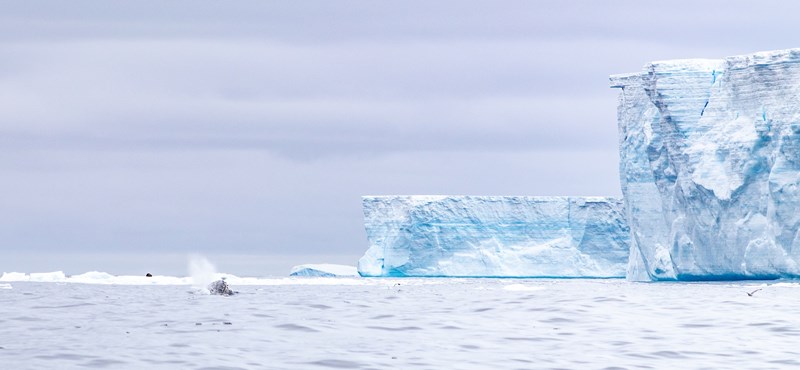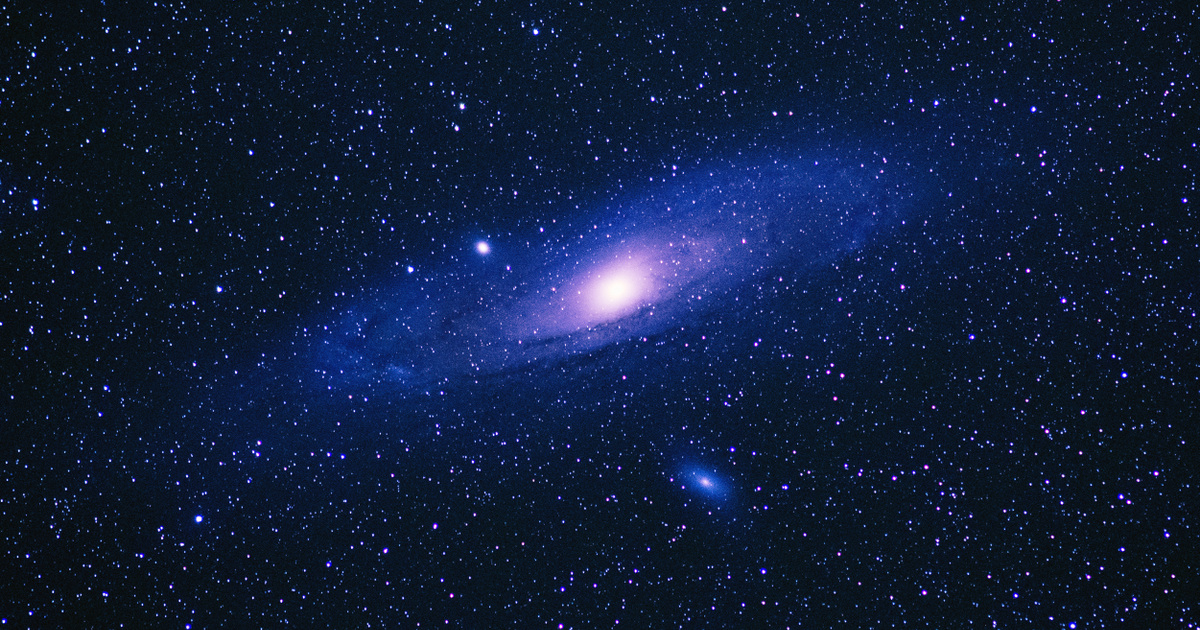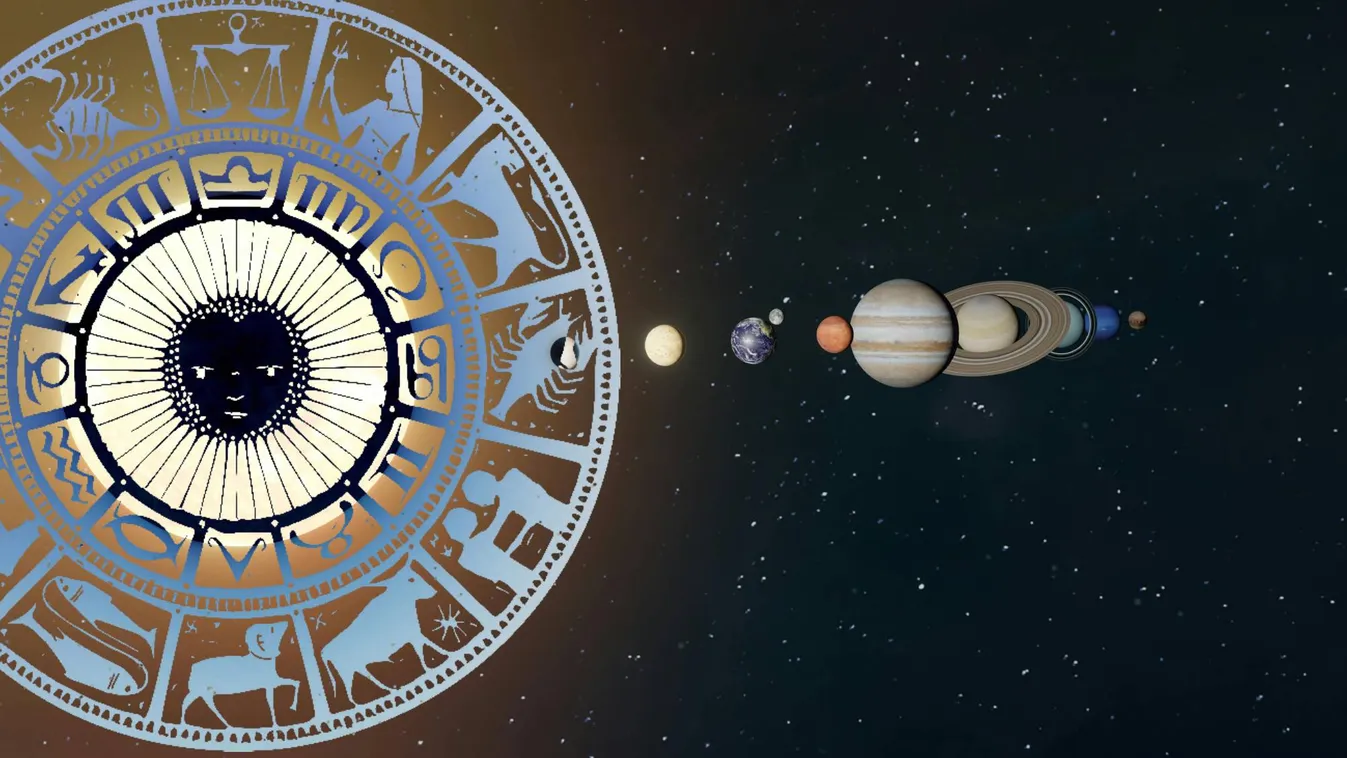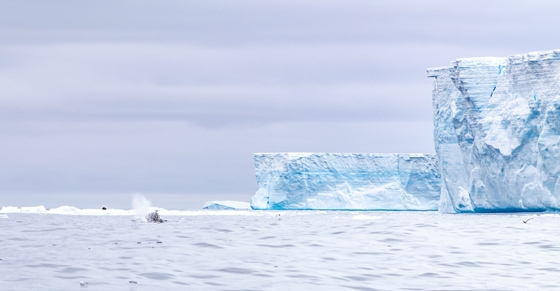[{“available”:true,”c_guid”:”6c41c09c-5d0b-4124-811e-483b5ed239a3″,”c_author”:”hvg.hu”,”category”:”cegauto”,”description”:”A hypermiler kifejezés olyan autósokat takar, akik a lehető legmesszebbre akarnak eljutni egységnyi üzemanyaggal. “,”shortLead”:”A hypermiler kifejezés olyan autósokat takar, akik a lehető legmesszebbre akarnak eljutni egységnyi üzemanyaggal. “,”id”:”20220124_Elektromos_autokra_is_megjelentek_hypermilerek_akik_maximum_40nel_mennek”,”image”:”https://api.hvg.hu/Img/ffdb5e3a-e632-4abc-b367-3d9b3bb5573b/6c41c09c-5d0b-4124-811e-483b5ed239a3.jpg”,”index”:0,”item”:”ddd70f4e-98c8-4911-bc10-e3335376e7f3″,”keywords”:null,”link”:”/cegauto/20220124_Elektromos_autokra_is_megjelentek_hypermilerek_akik_maximum_40nel_mennek”,”timestamp”:”2022. január. 24. 07:37″,”title”:”Elektromos autókra is megjelentek „hypermilerek”, akik maximum 40 km/h-val mennek”,”trackingCode”:”RELATED”,”c_isbrandchannel”:false,”c_isbrandcontent”:false,”c_isbrandstory”:false,”c_isbrandcontentorbrandstory”:false,”c_isbranded”:false,”c_ishvg360article”:false,”c_partnername”:null,”c_partnerlogo”:”00000000-0000-0000-0000-000000000000″,”c_partnertag”:null},{“available”:true,”c_guid”:”c93c6a13-934b-46ca-a1e2-1723e248ed3a”,”c_author”:”hvg.hu”,”category”:”vilag”,”description”:”A munkáspárti Chris Bryant állítása szerint több képviselőt is azzal zsarolt a miniszterelnök és a pártvezetés, hogy forrásokat vonnak el a választókörzeteiktől, amennyiben nem szavaznak „helyesen”.”,”shortLead”:”A munkáspárti Chris Bryant állítása szerint több képviselőt is azzal zsarolt a miniszterelnök és a pártvezetés…”,”id”:”20220122_Boris_Johnson_megzsarolhatta_azt_a_tizenket_konzervativ_kepviselot_akik_meneszteni_akartak”,”image”:”https://api.hvg.hu/Img/ffdb5e3a-e632-4abc-b367-3d9b3bb5573b/c93c6a13-934b-46ca-a1e2-1723e248ed3a.jpg”,”index”:0,”item”:”e58b1506-f6a2-46c4-b3ac-2dc8fafbdcdd”,”keywords”:null,”link”:”/vilag/20220122_Boris_Johnson_megzsarolhatta_azt_a_tizenket_konzervativ_kepviselot_akik_meneszteni_akartak”,”timestamp”:”2022. január. 22. 14:45″,”title”:”Boris Johnson megzsarolhatta azt a tizenkét konzervatív képviselőt, akik meneszteni akarták”,”trackingCode”:”RELATED”,”c_isbrandchannel”:false,”c_isbrandcontent”:false,”c_isbrandstory”:false,”c_isbrandcontentorbrandstory”:false,”c_isbranded”:false,”c_ishvg360article”:false,”c_partnername”:null,”c_partnerlogo”:”00000000-0000-0000-0000-000000000000″,”c_partnertag”:null},{“available”:true,”c_guid”:”50e330d4-a772-4704-a270-a7110c002767″,”c_author”:”hvg.hu”,”category”:”elet”,”description”:”Egy holland nő egy fotó kedvéért pózolt a nemzetiszocialista Németország hírhedt karlendítésével, és mivel gesztusa náci propagandának minősült, a turistát őrizetbe vették, majd pénzbüntetésre ítélték.”,”shortLead”:”Egy holland nő egy fotó kedvéért pózolt a nemzetiszocialista Németország hírhedt karlendítésével, és mivel gesztusa…”,”id”:”20220124_Naci_karlenditessel_poenkodott_Auschwitzban_letartoztatas_lett_a_vege”,”image”:”https://api.hvg.hu/Img/ffdb5e3a-e632-4abc-b367-3d9b3bb5573b/50e330d4-a772-4704-a270-a7110c002767.jpg”,”index”:0,”item”:”a0b79f1b-ae07-4e39-abcd-eac07b3317c5″,”keywords”:null,”link”:”/elet/20220124_Naci_karlenditessel_poenkodott_Auschwitzban_letartoztatas_lett_a_vege”,”timestamp”:”2022. január. 24. 13:05″,”title”:”Náci karlendítéssel „poénkodott” Auschwitzban, letartóztatás lett a vége”,”trackingCode”:”RELATED”,”c_isbrandchannel”:false,”c_isbrandcontent”:false,”c_isbrandstory”:false,”c_isbrandcontentorbrandstory”:false,”c_isbranded”:false,”c_ishvg360article”:false,”c_partnername”:null,”c_partnerlogo”:”00000000-0000-0000-0000-000000000000″,”c_partnertag”:null},{“available”:true,”c_guid”:”7431336a-92eb-4ad4-a76d-28ca79af5217″,”c_author”:”HVG”,”category”:”360″,”description”:”Egyáltalán nincs gond azzal, ha egymáshoz közel álló emberek hevesen vitatkoznak, csak az nem mindegy, hogy milyen stratégiával teszik ezt – állítják amerikai szakemberek. “,”shortLead”:”Egyáltalán nincs gond azzal, ha egymáshoz közel álló emberek hevesen vitatkoznak, csak az nem mindegy, hogy milyen…”,”id”:”202203_boldog_veszekedesek_szelmalomharc_helyett”,”image”:”https://api.hvg.hu/Img/ffdb5e3a-e632-4abc-b367-3d9b3bb5573b/7431336a-92eb-4ad4-a76d-28ca79af5217.jpg”,”index”:0,”item”:”6f0d528d-5245-4b61-a67e-ffa3de2d705f”,”keywords”:null,”link”:”/360/202203_boldog_veszekedesek_szelmalomharc_helyett”,”timestamp”:”2022. január. 23. 13:40″,”title”:”Mi a boldog veszekedések titka?”,”trackingCode”:”RELATED”,”c_isbrandchannel”:false,”c_isbrandcontent”:false,”c_isbrandstory”:false,”c_isbrandcontentorbrandstory”:false,”c_isbranded”:false,”c_ishvg360article”:true,”c_partnername”:null,”c_partnerlogo”:”00000000-0000-0000-0000-000000000000″,”c_partnertag”:null},{“available”:true,”c_guid”:”eacb87b9-4cb5-462b-8959-25dc99ccc53f”,”c_author”:”hvg.hu”,”category”:”vilag”,”description”:”Majmokat hajkurásznak a pennsylvaniai hatóságok, miután azok megléptek egy szállítójárműből.”,”shortLead”:”Majmokat hajkurásznak a pennsylvaniai hatóságok, miután azok megléptek egy szállítójárműből.”,”id”:”20220122_Karambolozott_egy_nagyjabol_100_majmot_szallito_jarmu_Amerikaban_a_majmok_pedig_megleptek”,”image”:”https://api.hvg.hu/Img/ffdb5e3a-e632-4abc-b367-3d9b3bb5573b/eacb87b9-4cb5-462b-8959-25dc99ccc53f.jpg”,”index”:0,”item”:”10d8fc74-53a5-4840-8a83-4bd9cbc498cf”,”keywords”:null,”link”:”/vilag/20220122_Karambolozott_egy_nagyjabol_100_majmot_szallito_jarmu_Amerikaban_a_majmok_pedig_megleptek”,”timestamp”:”2022. január. 22. 15:50″,”title”:”Karambolozott egy nagyjából 100 majmot szállító jármű Amerikában, a majmok pedig megléptek”,”trackingCode”:”RELATED”,”c_isbrandchannel”:false,”c_isbrandcontent”:false,”c_isbrandstory”:false,”c_isbrandcontentorbrandstory”:false,”c_isbranded”:false,”c_ishvg360article”:false,”c_partnername”:null,”c_partnerlogo”:”00000000-0000-0000-0000-000000000000″,”c_partnertag”:null},{“available”:true,”c_guid”:”4ea1bab3-2e2d-4369-814c-60a44dd44375″,”c_author”:”MTI/hvg.hu”,”category”:”itthon”,”description”:”A miniszterelnök hiányolta Karácsony Gergely főpolgármestert az átadóról.”,”shortLead”:”A miniszterelnök hiányolta Karácsony Gergely főpolgármestert az átadóról.”,”id”:”20220122_Orban_Viktor_is_beszedet_mondott_a_Magyar_Zene_Hazanak_atadojan”,”image”:”https://api.hvg.hu/Img/ffdb5e3a-e632-4abc-b367-3d9b3bb5573b/4ea1bab3-2e2d-4369-814c-60a44dd44375.jpg”,”index”:0,”item”:”f3523016-6b11-4f6c-ba76-3ef48acd056a”,”keywords”:null,”link”:”/itthon/20220122_Orban_Viktor_is_beszedet_mondott_a_Magyar_Zene_Hazanak_atadojan”,”timestamp”:”2022. január. 22. 13:55″,”title”:”Orbán Viktor a Magyar Zene Házában is a baloldal nótáját akarja elhúzni”,”trackingCode”:”RELATED”,”c_isbrandchannel”:false,”c_isbrandcontent”:false,”c_isbrandstory”:false,”c_isbrandcontentorbrandstory”:false,”c_isbranded”:false,”c_ishvg360article”:false,”c_partnername”:null,”c_partnerlogo”:”00000000-0000-0000-0000-000000000000″,”c_partnertag”:null},{“available”:true,”c_guid”:”f5b04141-89a7-4849-a4ee-a6011de603f0″,”c_author”:”hvg.hu”,”category”:”itthon”,”description”:”Az ellenzék közös miniszterelnök-jelöltje a hétvégétől folytatja az országjárást.”,”shortLead”:”Az ellenzék közös miniszterelnök-jelöltje a hétvégétől folytatja az országjárást.”,”id”:”20220124_marki_zay_peter_koronavirus_virusteszt_teszt”,”image”:”https://api.hvg.hu/Img/ffdb5e3a-e632-4abc-b367-3d9b3bb5573b/f5b04141-89a7-4849-a4ee-a6011de603f0.jpg”,”index”:0,”item”:”d8fbadd3-368d-4d0f-8c40-e1e94cc8e996″,”keywords”:null,”link”:”/itthon/20220124_marki_zay_peter_koronavirus_virusteszt_teszt”,”timestamp”:”2022. január. 24. 11:47″,”title”:”Negatív lett Márki-Zay Péter koronavírustesztje, így újra útra kel”,”trackingCode”:”RELATED”,”c_isbrandchannel”:false,”c_isbrandcontent”:false,”c_isbrandstory”:false,”c_isbrandcontentorbrandstory”:false,”c_isbranded”:false,”c_ishvg360article”:false,”c_partnername”:null,”c_partnerlogo”:”00000000-0000-0000-0000-000000000000″,”c_partnertag”:null},{“available”:true,”c_guid”:”520ceb5d-b0d8-4ca6-a413-b59eff8644eb”,”c_author”:”hvg.hu”,”category”:”gazdasag”,”description”:”Lényegesen javult a legszegényebbek lakhatási helyzete, de csak addig, amíg nem nézzük meg, hogy a régió többi országában mi a helyzet.”,”shortLead”:”Lényegesen javult a legszegényebbek lakhatási helyzete, de csak addig, amíg nem nézzük meg, hogy a régió többi…”,”id”:”20220123_Szegenyseg_Tobb_mint_150_ezer_magyarnal_nincs_otthon_furdoszoba_es_wc”,”image”:”https://api.hvg.hu/Img/ffdb5e3a-e632-4abc-b367-3d9b3bb5573b/520ceb5d-b0d8-4ca6-a413-b59eff8644eb.jpg”,”index”:0,”item”:”ddc66acf-a6b7-42b2-9e26-e1b081d2d3fc”,”keywords”:null,”link”:”/gazdasag/20220123_Szegenyseg_Tobb_mint_150_ezer_magyarnal_nincs_otthon_furdoszoba_es_wc”,”timestamp”:”2022. január. 23. 12:41″,”title”:”Szegénység: több mint 150 ezer magyarnál nincs otthon fürdőszoba és wc”,”trackingCode”:”RELATED”,”c_isbrandchannel”:false,”c_isbrandcontent”:false,”c_isbrandstory”:false,”c_isbrandcontentorbrandstory”:false,”c_isbranded”:false,”c_ishvg360article”:false,”c_partnername”:null,”c_partnerlogo”:”00000000-0000-0000-0000-000000000000″,”c_partnertag”:null}]


Order HVG weekly on paper or digital and read us anywhere, anytime!
That’s why we ask you, our readers, to support us! We promise to continue to give you the best we can!
Recommended from the first page
The number of victims of the epidemic reached 40,944.














































